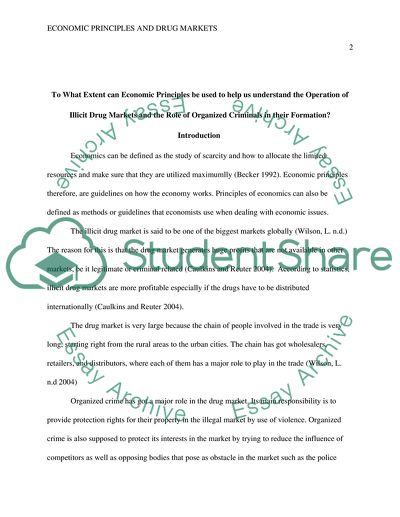Cite this document
(Economic Principles in Understand the Operation of Illicit Drug Research Paper, n.d.)
Economic Principles in Understand the Operation of Illicit Drug Research Paper. Retrieved from https://studentshare.org/macro-microeconomics/1761627-to-what-extent-can-economic-principles-be-used-to-help-us-understand-the-operation-of-illicit-drug-markets-and-the-role-of-organised-criminals-in-their-formation
Economic Principles in Understand the Operation of Illicit Drug Research Paper. Retrieved from https://studentshare.org/macro-microeconomics/1761627-to-what-extent-can-economic-principles-be-used-to-help-us-understand-the-operation-of-illicit-drug-markets-and-the-role-of-organised-criminals-in-their-formation
(Economic Principles in Understand the Operation of Illicit Drug Research Paper)
Economic Principles in Understand the Operation of Illicit Drug Research Paper. https://studentshare.org/macro-microeconomics/1761627-to-what-extent-can-economic-principles-be-used-to-help-us-understand-the-operation-of-illicit-drug-markets-and-the-role-of-organised-criminals-in-their-formation.
Economic Principles in Understand the Operation of Illicit Drug Research Paper. https://studentshare.org/macro-microeconomics/1761627-to-what-extent-can-economic-principles-be-used-to-help-us-understand-the-operation-of-illicit-drug-markets-and-the-role-of-organised-criminals-in-their-formation.
“Economic Principles in Understand the Operation of Illicit Drug Research Paper”, n.d. https://studentshare.org/macro-microeconomics/1761627-to-what-extent-can-economic-principles-be-used-to-help-us-understand-the-operation-of-illicit-drug-markets-and-the-role-of-organised-criminals-in-their-formation.


